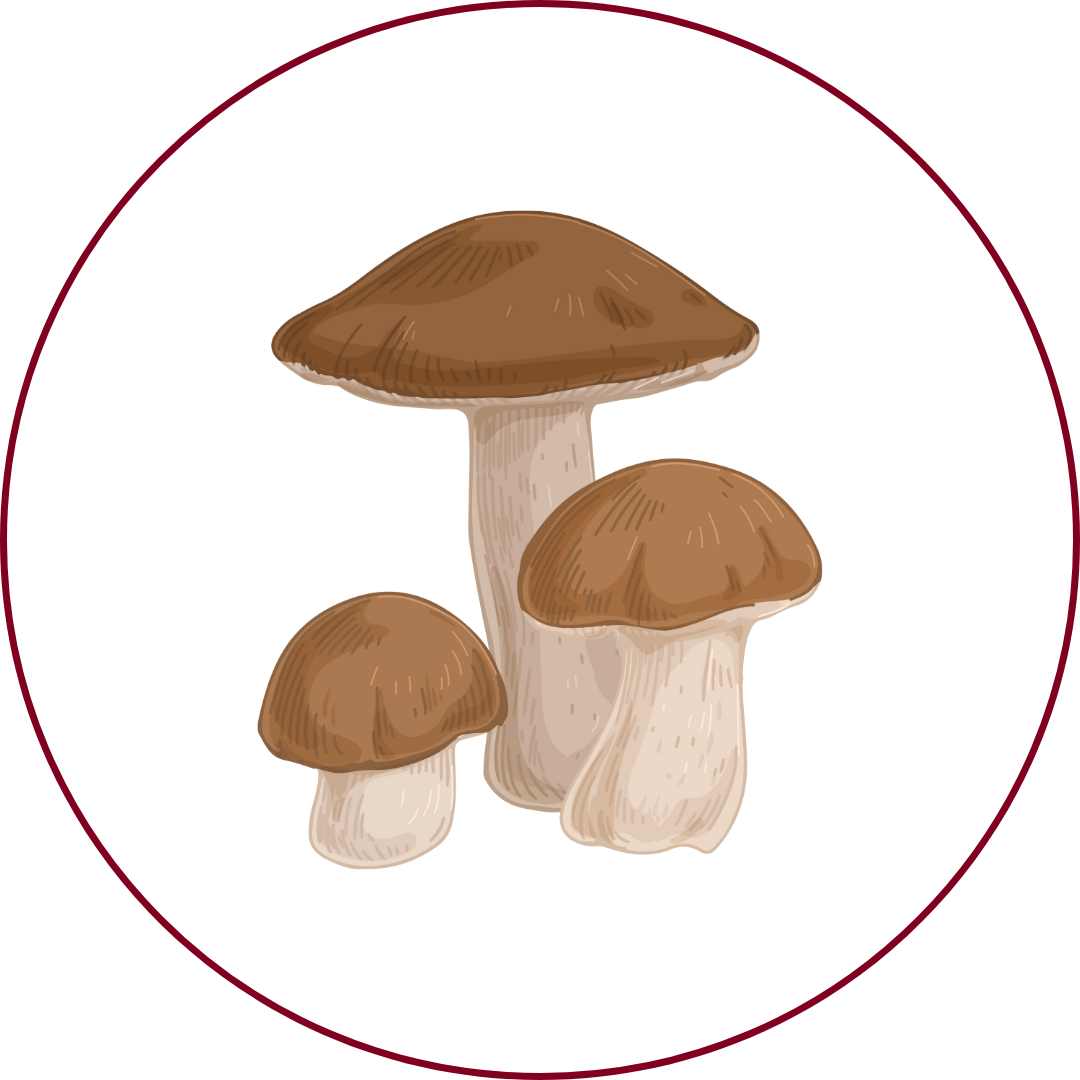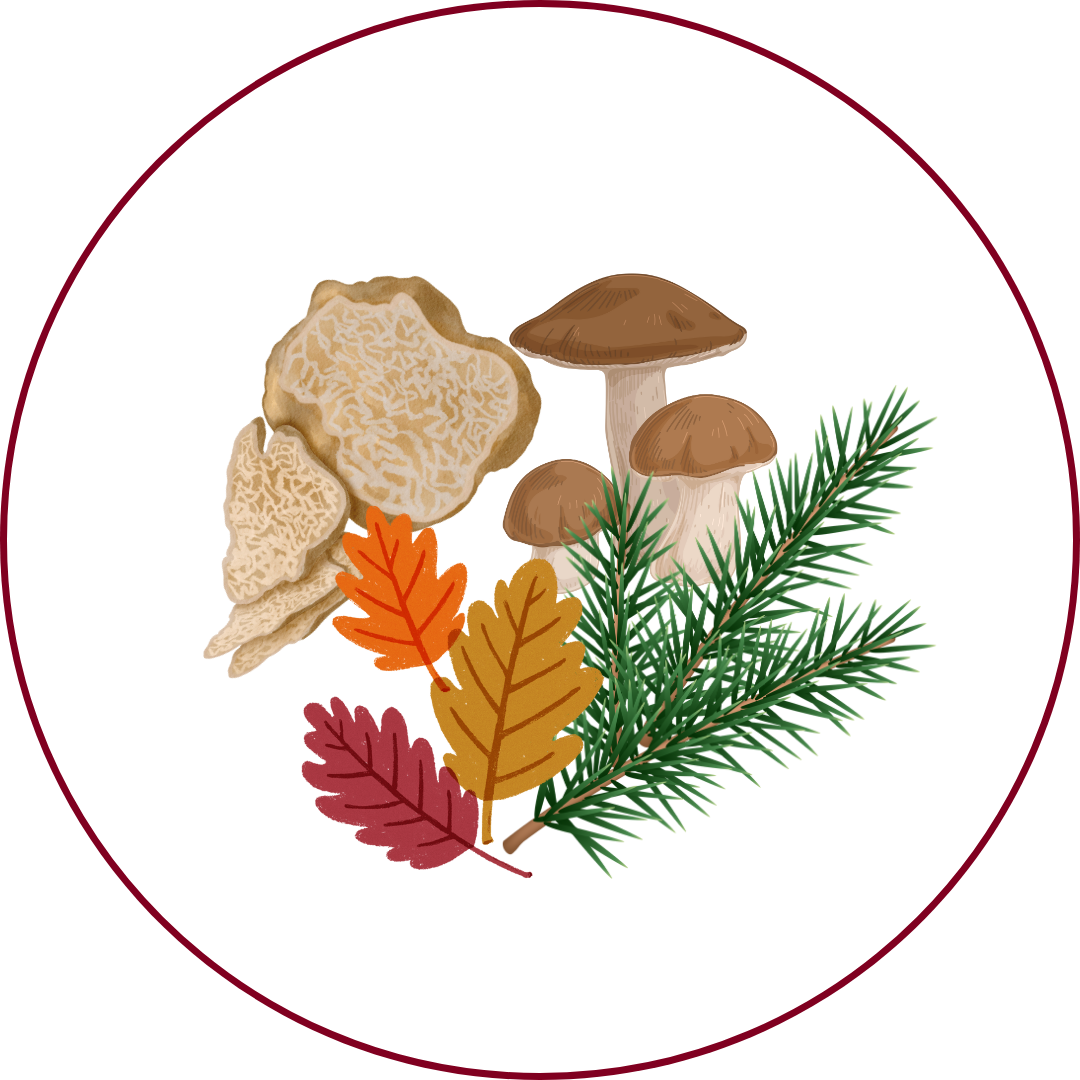Grape Variety
Blauburgunder
"BLAU-boor-gun-der"
Wine Styles
 Sparkling
Sparkling Light White
Light White Full White
Full White Aromatic
Aromatic Rosé
Rosé Light Red
Light Red Medium Red
Medium Red Full Red
Full Red Dessert
DessertAbout Blauburgunder
Origin
Burgundy region, France.
History
Blauburgunder, known internationally as Pinot Noir, is a red wine grape variety of the species Vitis vinifera. The name is derived from the French words for pine and black, referring to the grape variety having tightly clustered, pinecone-shaped bunches of fruit. Pinot Noir is grown around the world, mostly in cooler climates, and is chiefly associated with the Burgundy region of France. It is also known as Blauburgunder in Austria and Switzerland, Spätburgunder in Germany, and Pinot Nero in Italy.
Appearance
Small, thin-skinned berries with a deep blue-black hue, growing in tightly packed clusters resembling a pinecone.
Growing Traits
Pinot Noir is a difficult variety to cultivate and transform into wine. The grape's tendency to produce tightly packed clusters makes it susceptible to several viticultural hazards involving rot that require diligent canopy management. The thin skins and low levels of phenolic compounds lend Pinot to producing mostly lightly colored, medium-bodied, and low-tannin wines that can often go through phases of uneven and unpredictable aging.
Wine Characteristics
Body
2/5
Sweetness
1/5
Tannin
2/5
Acidity
4/5
Alcohol
3/5
Light to medium-bodied with a delicate and silky texture, offering an elegant and refined mouthfeel. Predominantly dry, with minimal residual sugar, focusing on fresh and nuanced flavors. Low to moderate tannin levels, providing a gentle structure and smooth finish without excessive astringency. Moderate to high acidity, contributing to its freshness and enhancing food pairing versatility. Moderate alcohol content, typically ranging between 12% and 13.5%, making it approachable and balanced.
Taste Profile

Cherry

Raspberry

Strawberry

Mushroom

Earthy
Blauburgunder wines are characterized by bright red fruit flavors such as cherry, raspberry, and strawberry, complemented by subtle notes of mushroom and earthy undertones. The moderate acidity and low tannin levels contribute to a smooth and elegant finish.
Food Pairing
Blauburgunder's light to medium body and moderate acidity make it an excellent match for a variety of dishes. It pairs well with roasted poultry, grilled salmon, and mushroom-based dishes. Its versatility allows it to complement both rich and lighter fare, enhancing the dining experience with its bright fruit flavors and refreshing finish.
Growing Regions

Austria
BurgenlandLower Austria (Niederösterreich)Styria (Steiermark)

Switzerland
GraubündenZurichAargau

Germany
BadenAhrPfalz

Italy
South Tyrol (Alto Adige)Friuli-Venezia Giulia
Notable Wines & Producers
Blauburgunder Südtirol DOC
Weingut Falkenstein
Weingut Plonerhof
Blauburgunder Reserve
Weingut Schloss Gobelsburg
Weingut Heinrich
Blauburgunder FAQ
Common questions about this grape variety
What is the origin of Blauburgunder?
+
Burgundy region, France.
Is Blauburgunder wine full bodied?
+
Blauburgunder has a body level of 2 out of 5. Which means that Blauburgunder is Moderate to Light bodied.
Is Blauburgunder wine dry or sweet?
+
Blauburgunder has a dryness level of 1 out of 5. Which means that Blauburgunder is Dry.
Where is Blauburgunder wine from?
+
Burgundy region, France.
Where is Blauburgunder grown?
+
Blauburgunder is grown in Austria (Burgenland, Lower Austria (Niederösterreich), Styria (Steiermark))Switzerland (Graubünden, Zurich, Aargau)Germany (Baden, Ahr, Pfalz)Italy (South Tyrol (Alto Adige), Friuli-Venezia Giulia).
What is Blauburgunder like?
+
Blauburgunder wines are characterized by bright red fruit flavors such as cherry, raspberry, and strawberry, complemented by subtle notes of mushroom and earthy undertones. The moderate acidity and low tannin levels contribute to a smooth and elegant finish.
What does Blauburgunder pair with?
+
Blauburgunder's light to medium body and moderate acidity make it an excellent match for a variety of dishes. It pairs well with roasted poultry, grilled salmon, and mushroom-based dishes. Its versatility allows it to complement both rich and lighter fare, enhancing the dining experience with its bright fruit flavors and refreshing finish.
What does Blauburgunder taste like?
+
Blauburgunder wines are characterized by bright red fruit flavors such as cherry, raspberry, and strawberry, complemented by subtle notes of mushroom and earthy undertones. The moderate acidity and low tannin levels contribute to a smooth and elegant finish.
Take Blauburgunder Knowledge with You
Access detailed grape profiles, tasting notes, and pairing suggestions on your iPhone.
Download on theApp Store